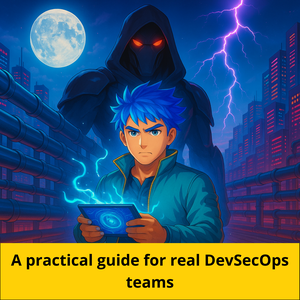K6 was previously called load impact and is an open source load testing tool used by developers to check software efficiency. It is available on Github, where it has received 11000 stars from community members. It is a popular tool among developers due to its easy-to-use framework. K6 uses Go and Javascript languages in its architecture. Since Javascript is a popular language among developers, it's no surprise that K6 is a widely used tool in testing.
Besides being written in Javascript, K6 has many features that make it a popular and trusted testing tool among developers with little knowledge of Javascript.
K6 has a goal-oriented testing mode, and users can define goals using Thresholds when building their tests. Continuous integration is a priority for it as developers find this feature very useful. It is run on the command line and can be integrated into CI pipelines like Azure, Github, and Jenkins, among others. It is relatively easy to use compared with other testing tools, and the Javascript language makes entry into it more effortless.
Result visualization with K6 can also be done by integrating tools of the developers' choice. Tools like Apache kafta, K6 Cloud, new relics, and a couple of other tools can be used with the K6 console to visualize results.
Creating a load test from a user session is a supported mode on K6. Users need to create a HAR file either from the user session or the browser, and the K6 recorder will generate the test automatically. When integrating into a load testing website, this feature comes in handy. Users can equally create test scripts from other converters like the Jmeter converter and Open API converter.
For disadvantages, users are required to bundle and transpile before using npm packages.
K6 has over 20 integrations that make it easy for users to add it to their workflow. Integrations include Graph QL, Apache Kafka, Azure, Datadog, Grafana e.t.c. K6 has a commercial SaaS product called the K6 cloud that accompanies the open source tool. They also have a community that provides support to its users and a forum for them to ask all K6 related questions.
Comparing the cons and stats of both tools
To summarize the main differences between Gatling and K6, we created this table:























